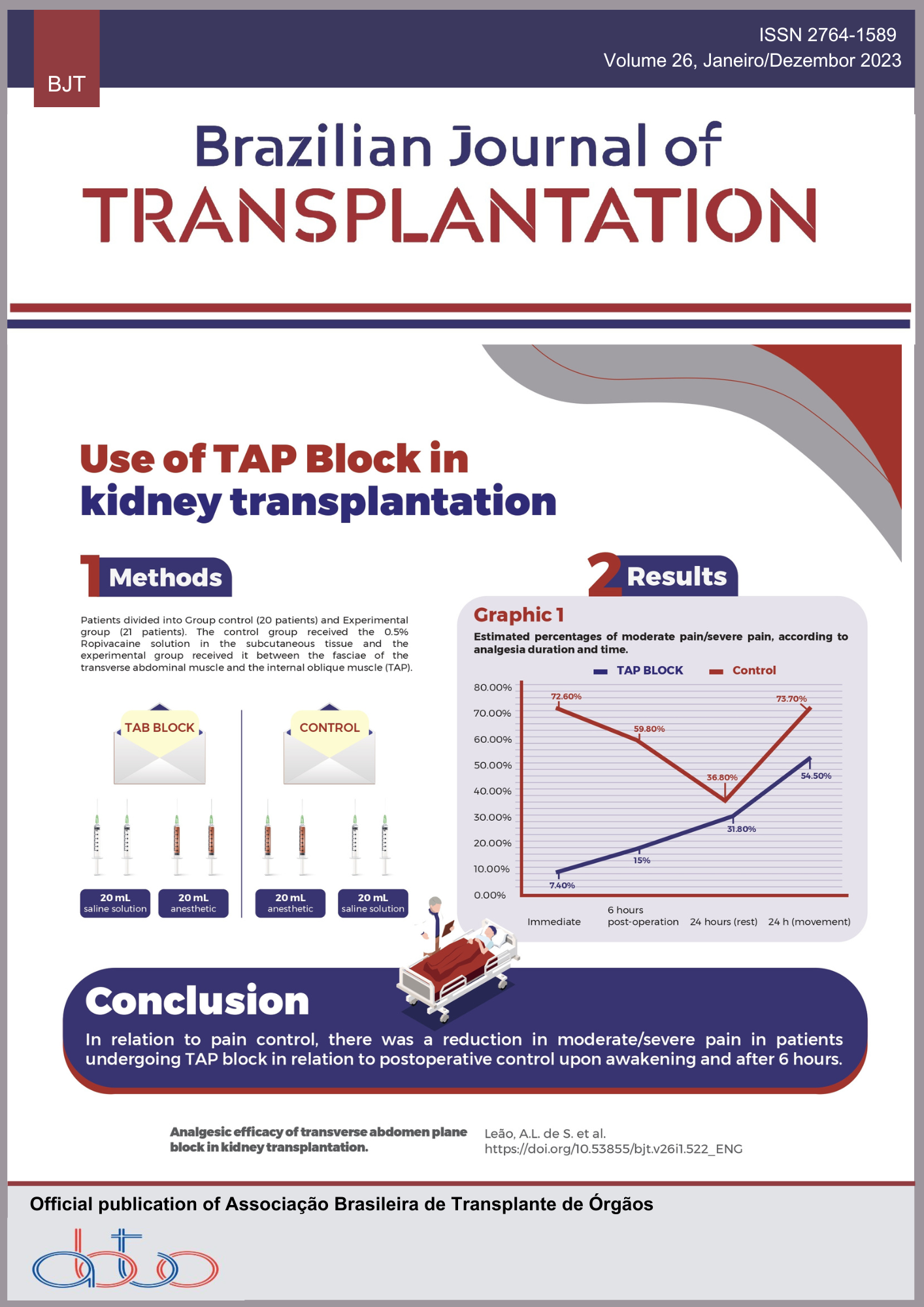Retrograde Reperfusion in Liver Transplantation: An Integrative Literature Review
Keywords:
Retrograde Reperfusion, Liver Transplant, RevascularizationAbstract
Introduction: liver transplantation is a complex process, which has controversies about which reperfusion technique is the most suitable to minimize the damage caused by ischemic injury. There is no consensus on a technique of reperfusion of primary choice in the evidence found. Therefore, we can ́t reach a conclusion. Purpose: this study aims to investigate the scientific production of retrograde reperfusion and its implication in liver transplants. Method: integrative review of the literature, developed through searches in the PubMed, Scielo, and Lilacs Databases. After the analysis and application of the inclusion and exclusion criteria defined by the authors, we selected 6 published articles to write this review, without restricting the dates of publication. Results: Retrograde revascularization during livertransplantation seems to be a correct option for reducing intrasurgical complications and decreasing graft ischemia time, in addition to having no significant disadvantage that justifies the non-use of the technique during the procedure. The major limitation of the studies included in the review was the small number of liver transplants in which thetechnique was used, since there is a preference for anterograde revascularization, mainly portal.Conclusion: retrograde reperfusion proved being efficient in reducing toxic metabolites and post-reperfusion syndrome, in addition to having a certain influence on hemodynamic stability and a lower incidence of graft loss due to primary dysfunction. However, it is necessary to develop new studies that can prove the repercussions of this technique.
Downloads
Downloads
Published
How to Cite
Issue
Section
License
Copyright (c) 2023 Lorena Nascimento Paiva, Olival Cirilo Lucena da Fonseca Neto

This work is licensed under a Creative Commons Attribution 4.0 International License.









